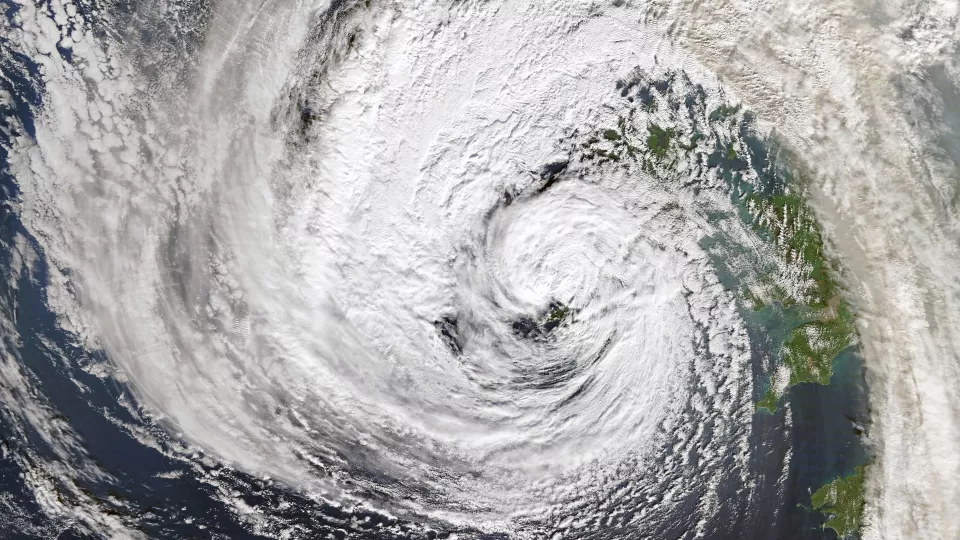The climate is changing, and we can expect more extreme weather events in the future. This could include more storms, but also more hot summer days as well as extreme cold winter days.
In addition, our energy system - production, distribution and consumption of heating/cooling and electricity - will be structured in a different way. Solar, wind and other renewable energy sources will increase. Electricity production will become more decentralized, along with concurrent population growth and urbanization.
However, there are great uncertainties. There can be multiple scenarios for technological developments, emissions and climate conditions, resulting in various outcomes.
By working with a broad spectrum of scenarios and parameters, the researchers conclude that it is very likely that we could be left without power during future extreme climate events. For example, a very cold winter week with too little electricity generation from wind power. Current energy systems are designed for today's climate, not the future climate, is the core message.
“Our results show that we must hedge against future extreme weather, something we are not doing at the moment. Our calculations and method could be a first step towards finding out where the vulnerabilities lie”, says Vahid Nik, Associate Professor of building physics at Lund University.
According to Vahid Nik, there are many solutions available, but the key is to start planning ahead now.
“It is of course a good thing that we are shifting to renewable energy, and it is inevitable in the long run. But if we don’t prepare the energy system, there is a high risk that we delay this vital shift”, he says.
Most strategies involve more flexibility and resilience through energy storage, switching between different renewable energy sources, and better understanding and prediction of the users’ behaviors and needs. How to efficiently create an energy buffer varies from country to country, depending on the climate and the country's energy strategy.
“There are many other research groups working on promising solutions. At the same time, we need to better understand what the consequences of future climate change actually are. For the first time, we can paint that picture”, concludes Vahid Nik.
About the study:
The researchers considered 13 future climate scenarios for 30 Swedish cities and simulated over 90 years (2010-2099) the; 1) energy demand of the residential building stock of these cities, 2) renewable (wind and solar) energy generation. They designed and optimized the energy system in these cities, aiming at increasing the share of renewable generation. They then investigated the performance of the energy system on the hourly time resolution, while assessing the cost and potential of integrating renewable generation. They developed a robust-stochastic optimization approach to count for extreme climate events and climate uncertainties in the assessment.
Publication in Nature Energy: Quantifying the impacts of climate change and extreme climate events on energy systems
Contact:
Vahid Nik
vahid [dot] nik [at] byggtek [dot] lth [dot] se
+46 (0) 46 22 26268
